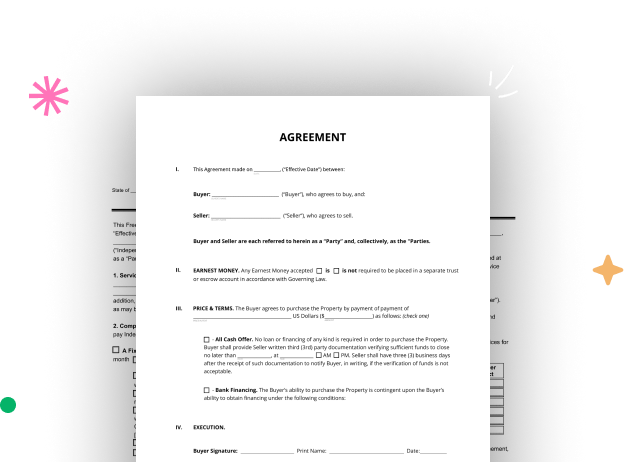

First, log in to your DocHub account. If you don't have one, you can simply register for free.
Once you’re in, go to your dashboard. This is your main hub for all document-focused processes.
In your dashboard, select New Document in the upper left corner. Select Create Blank Document to craft the Estate Probate Legal Form from the ground up.
Add numerous fields like text boxes, photos, signature fields, and other elements to your template and assign these fields to intended individuals as needed.
Customize your template by adding walkthroughs or any other essential information using the text tool.
Thoroughly go over your created Estate Probate Legal Form for any typos or needed adjustments. Leverage DocHub's editing tools to fine-tune your template.
After completing, save your copy. You may opt to save it within DocHub, transfer it to various storage services, or forward it via a link or email.